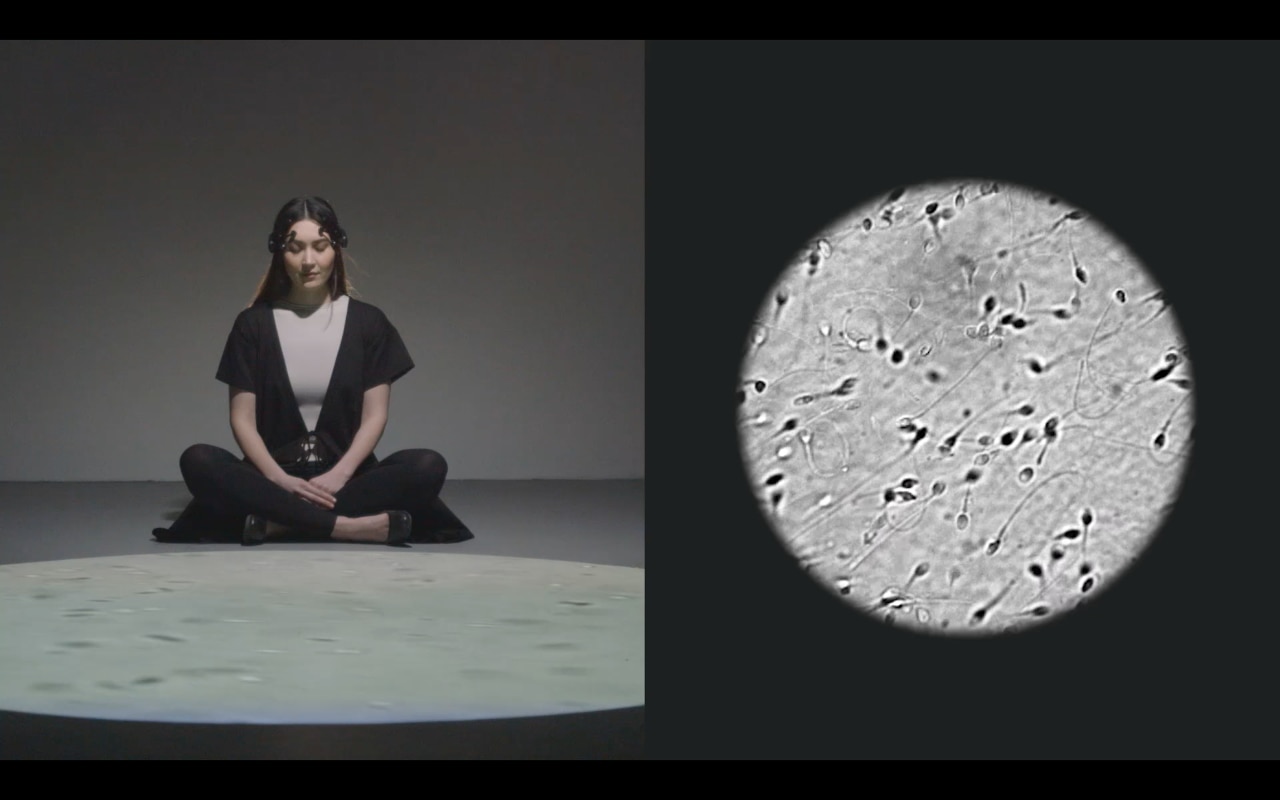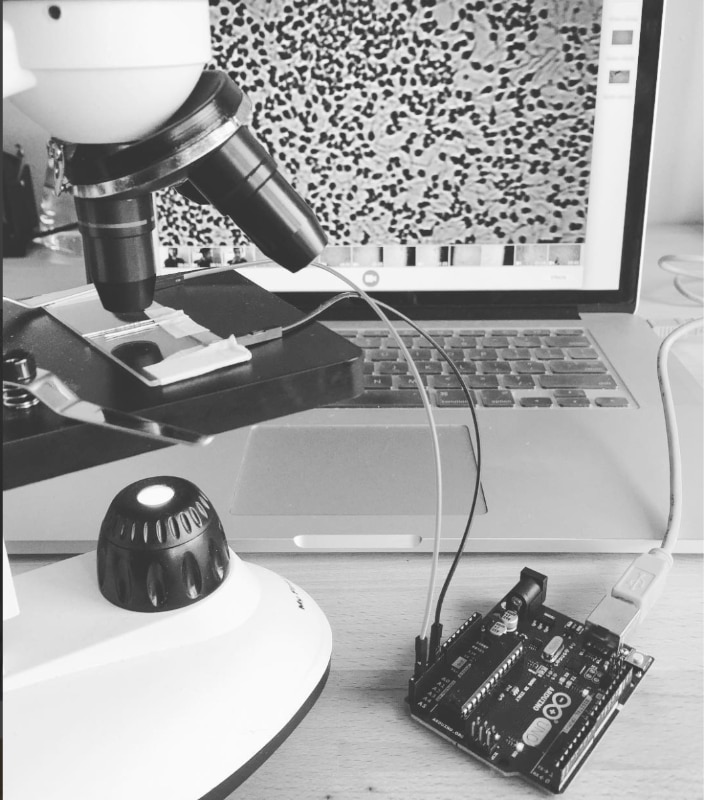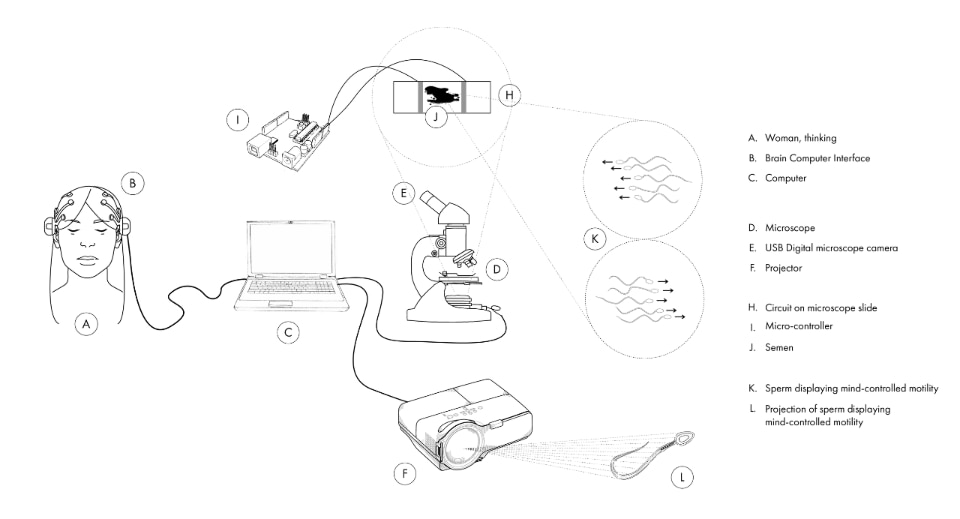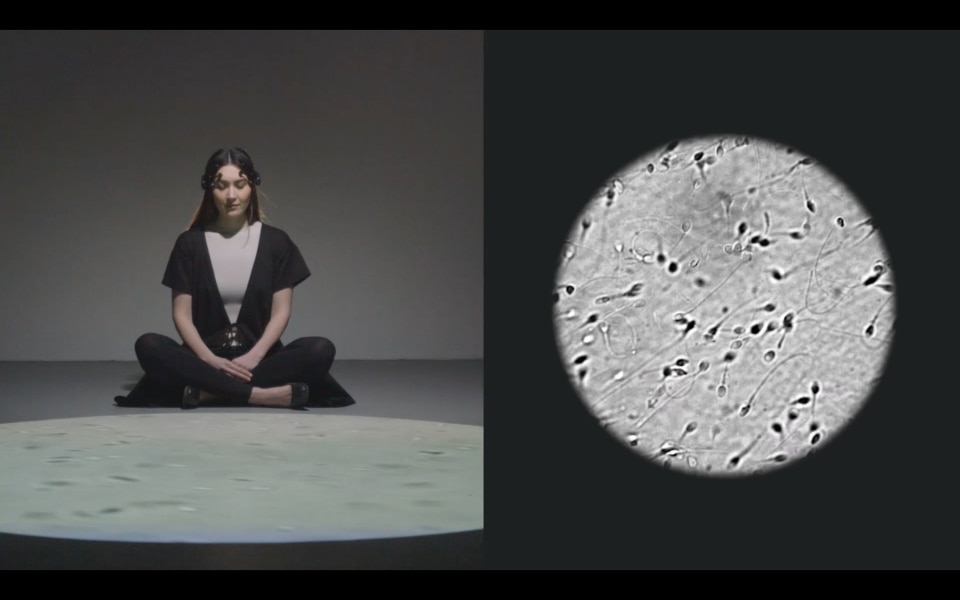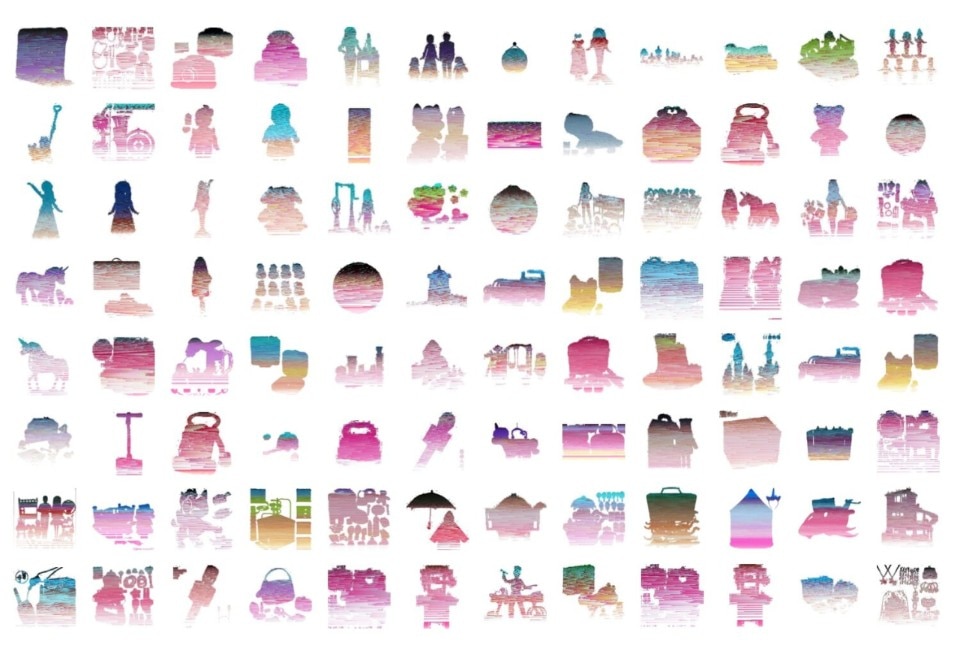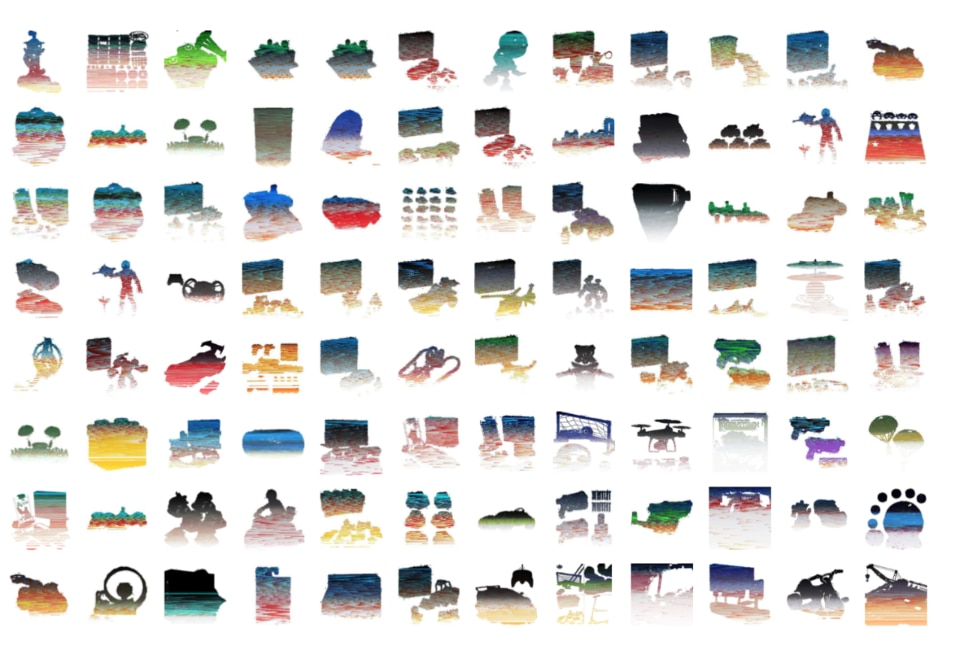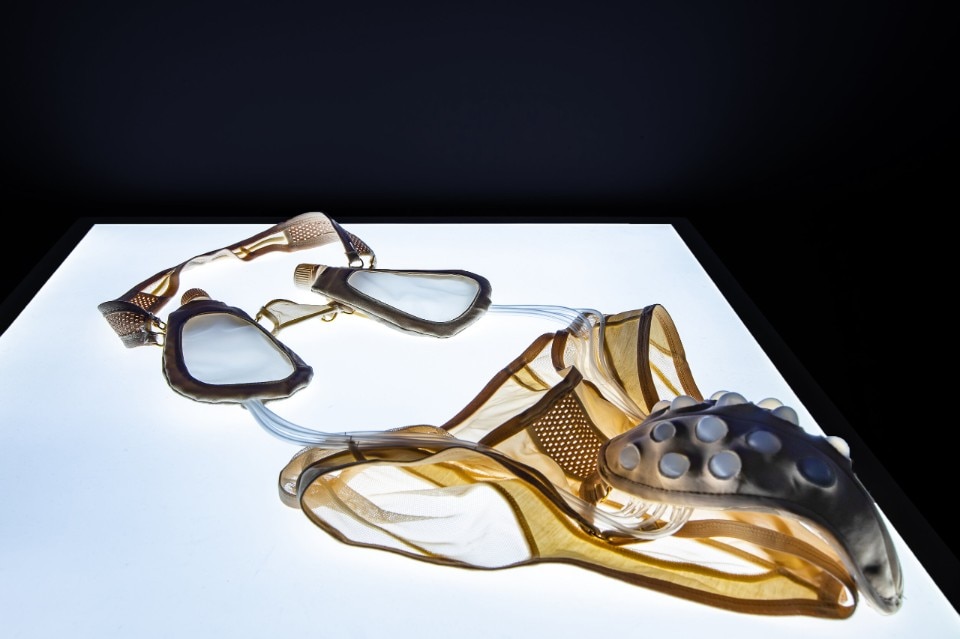We propose exclusively for Domus, divided into four episodes, a debate that took place in the form of an exchange of letters between Marco Petroni, Ani Liu, Giovanni Innella and Emanuele Quinz on the future of design, entitled Black Box Design. Here the second article written by Ani Liu.
In considering design in the post anthropocene era, I cannot help but begin with reflecting on the relationship between the biological world and the human projections onto it. In The Question Concerning Technology, Heideigger points out that humans have increasingly come to relate to all natural entities as “resources” (Bestand), ripe for optimization. This new relationship to the world through the lens of technology is a framework which he concludes is an essence of technology (Gestell). The exploitation of the natural world has been well documented and considered, so I want to turn my attention to another way our historic frameworks for understanding nature might be reconsidered going forward, as a provocation for designers designing in a post anthropogenic world.
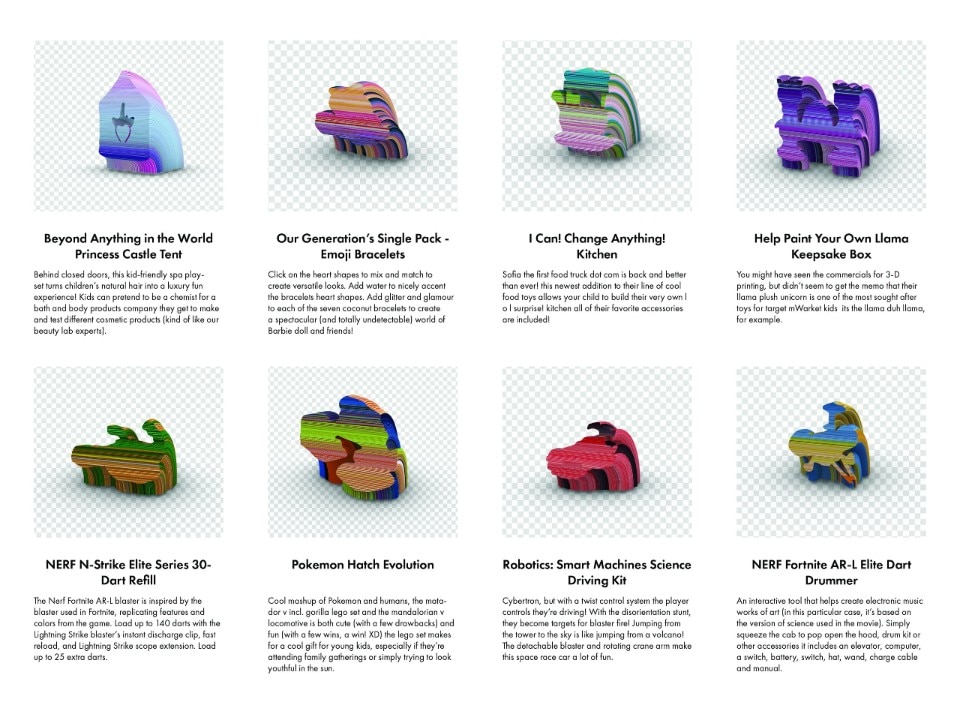
In thinking through between the ways that science describes knowledge vs how society ulitizes this information, I take up the example of sex and gender: sex being a description of biological attributes, and gender referring to the complex continuum of attitudes and expecatations society places on these attributes. Even biological sex is not a binary of course, with multi-chromosomal and intersex bodies born and living naturally in the world. And yet, from the moment you are born (and sometimes even before, as seen with the mania for gender reveal parties), a checkbox is assigned, complete with a whole host of associations both aesthetic and behavioral, including color palette, style of dress, body hair management, smell, personality, emotional expression, professional aspiration, and sexual preference. These categorizations are significant because historically, female bodies have become a form of Heidegger’s Bestand- a resource ripe of optimization.
A consequence of this, as Foucault points out with the terms biopolitics and biopower is the subjugation of bodies into the machinery of production and capitalism. Biopolitics blurs the lines between the scientific and the political, the human and the material, turning vital aspects of evolutionary and biological life into mechanisms of power and control, as we often see in political contestations over birth control.
We use molecular excuses in the form of hormones to perpetuate our designed beliefs.
It becomes alarming when some of these culturally and politically prescribed expectations around biology are defended under the guise of science. We use molecular excuses in the form of hormones to perpetuate our designed beliefs. Such is the case of Caster Semenya, an athlete who was born and identifies as female, but is prevented from competing in sporting events by the International Association of Athletics Federations on the basis that “She is a woman, but maybe not 100 percent.” This same panel has noted that “science has not conclusively shown that elevated testosterone provides women with more of a significant competitive edge”, yet this molecule is the basis of banning Semenya from competition.
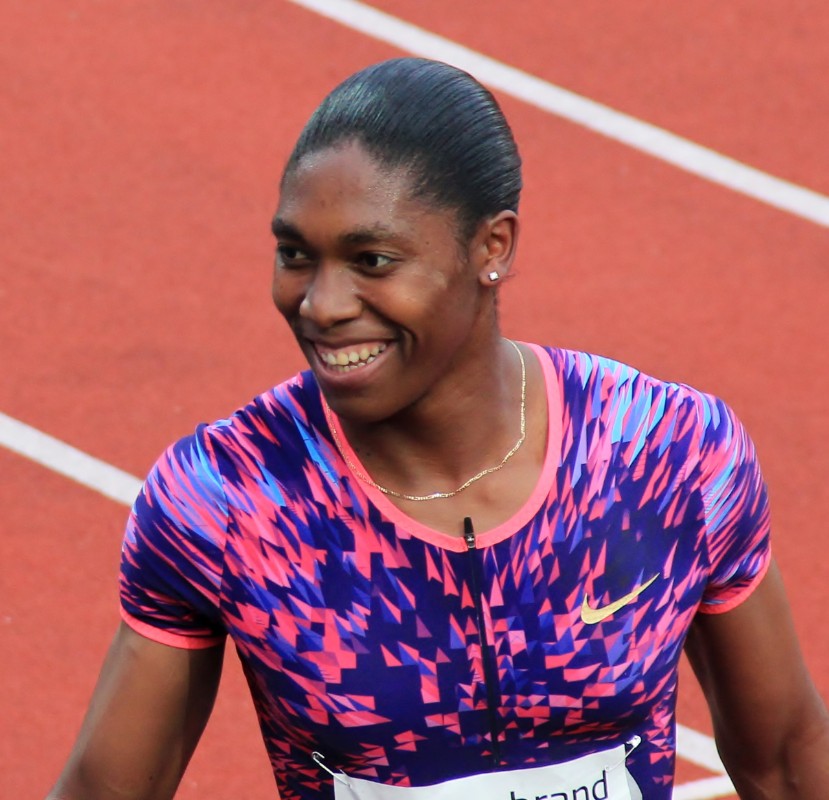
It is worth noting that sports competition is an enormous source of revenue: another form of the utilization of bodies for profit, and that Semenya’s skin color – she happens to be black – has historically been on the receiving end of discrimination which prevents the accumulation of capital, amongst many other human rights.
I bring the examples of gender to the conversation to consider the ways in which science, society, nature, technology, politics and capitalism are entangled in a complex weave in which requires careful consideration in imagining a post Anthroprocene. Beginning with our most intimate sensory material – our bodies – can we unwind historic labels and expectations to redesign how we might consider coexisting in ecological symbiosis going forward?
Ani Liu is an internationally exhibiting research-based artist working at the intersection of art and science. Reoccurring themes in her work include gender politics, biopolitics, labor, simulation and sexuality.


